ANGLO-SAXON REPOUSSé DIE 6th-7th century AD A flat-section bronze patrix die and test piece featuring a trapezoidal panel and roundel; the panel with triple-band ropework border enclosing a dense lattice of three-band interlace, the roundel with similar border enclosing four penannular ropework motifs and central pellet; to the reverse, a trial for a triple-band triquetra knot laid out with compasses, the inner bands lightly incised and the edges fully carved. 16 grams, 41mm (1 3/4"). Fine condition. Provenance Found Surrey, UK. Literature See Webster, L. & Backhouse, J. The Making of England. Anglo-Saxon Art and Culture AD 600-900 , London, 1991; West, S. A Corpus of Anglo-Saxon Finds From Suffolk, East Anglian Archaeology 84, Ipswich, 1998; Hammond, B. British Artefacts vol.1 - Early Anglo-Saxon, Witham, 2009; Pollington, S., Kerr, L. & Hammond, B. Wayland's Work: Anglo-Saxon Art, Myth & Material Culture from the 4th to 7th century, Ely, 2010. Footnotes Patrix dies for the production of repoussé foil decorative appliqués have been found on a number of Anglo-Saxon sites, notably two from Icklingham, Suffolk (West, 1998, items 56.1 & 2) and a unique stray find from Fen Drayton, Cambridgeshire (Pollington, Kerr & Hammond, 2010, item 8.56). The dies were produced by lost-wax casting and are often of very fine workmanship. The appliqués produced from the present die would be short and triangular with a large roundel at the apex, probably used to decorate the rim of a drinking horn (cf. Hammond, 2009, item 1.5.3.1-c). The centre of the roundel would have held an attachment pin, its rounded head forming part of the design. Trial-pieces are usually broken items or pieces of bone, which were used when a craftsman wanted to test the execution of a new design, solving the layout problems on the first attempt before proceeding to the production piece (cf. Webster & Backhouse, 1991, item 255).
ANGLO-SAXON REPOUSSé DIE 6th-7th century AD A flat-section bronze patrix die and test piece featuring a trapezoidal panel and roundel; the panel with triple-band ropework border enclosing a dense lattice of three-band interlace, the roundel with similar border enclosing four penannular ropework motifs and central pellet; to the reverse, a trial for a triple-band triquetra knot laid out with compasses, the inner bands lightly incised and the edges fully carved. 16 grams, 41mm (1 3/4"). Fine condition. Provenance Found Surrey, UK. Literature See Webster, L. & Backhouse, J. The Making of England. Anglo-Saxon Art and Culture AD 600-900 , London, 1991; West, S. A Corpus of Anglo-Saxon Finds From Suffolk, East Anglian Archaeology 84, Ipswich, 1998; Hammond, B. British Artefacts vol.1 - Early Anglo-Saxon, Witham, 2009; Pollington, S., Kerr, L. & Hammond, B. Wayland's Work: Anglo-Saxon Art, Myth & Material Culture from the 4th to 7th century, Ely, 2010. Footnotes Patrix dies for the production of repoussé foil decorative appliqués have been found on a number of Anglo-Saxon sites, notably two from Icklingham, Suffolk (West, 1998, items 56.1 & 2) and a unique stray find from Fen Drayton, Cambridgeshire (Pollington, Kerr & Hammond, 2010, item 8.56). The dies were produced by lost-wax casting and are often of very fine workmanship. The appliqués produced from the present die would be short and triangular with a large roundel at the apex, probably used to decorate the rim of a drinking horn (cf. Hammond, 2009, item 1.5.3.1-c). The centre of the roundel would have held an attachment pin, its rounded head forming part of the design. Trial-pieces are usually broken items or pieces of bone, which were used when a craftsman wanted to test the execution of a new design, solving the layout problems on the first attempt before proceeding to the production piece (cf. Webster & Backhouse, 1991, item 255).


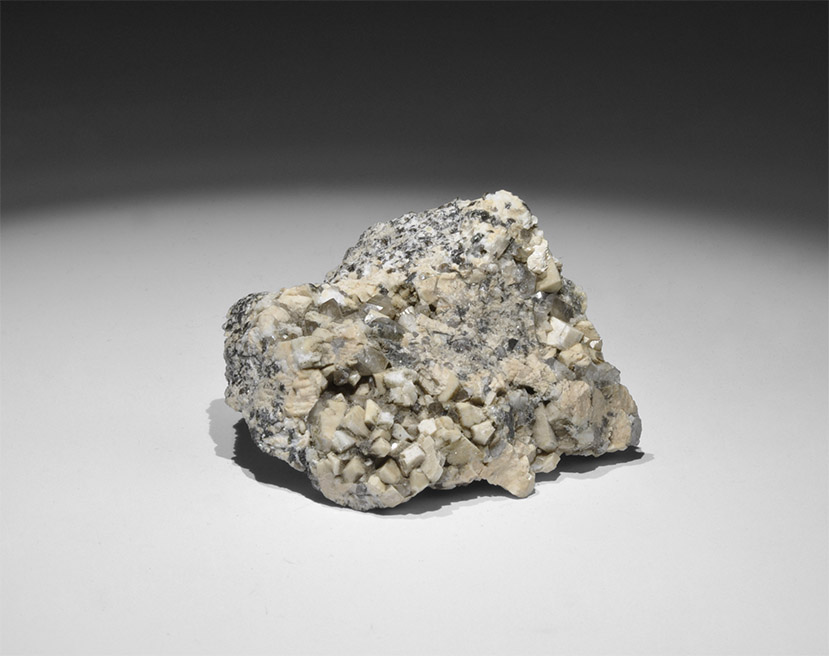

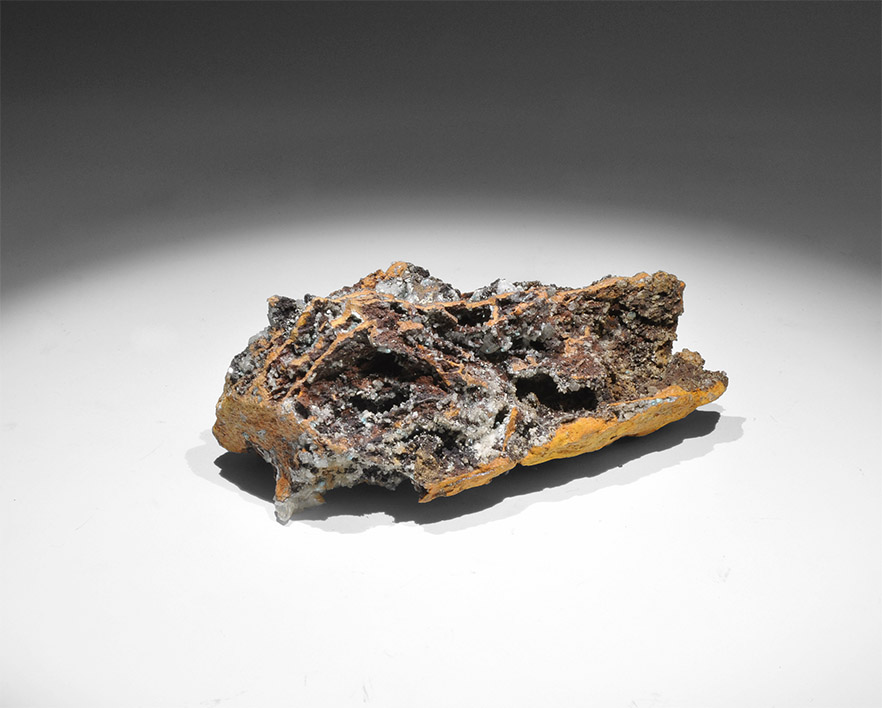
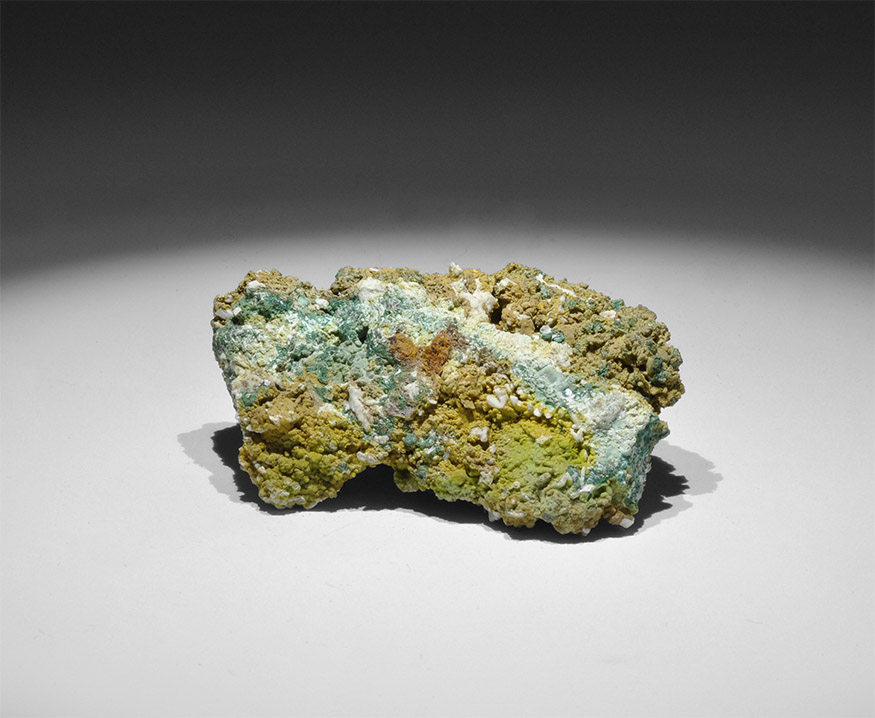

.jpg)
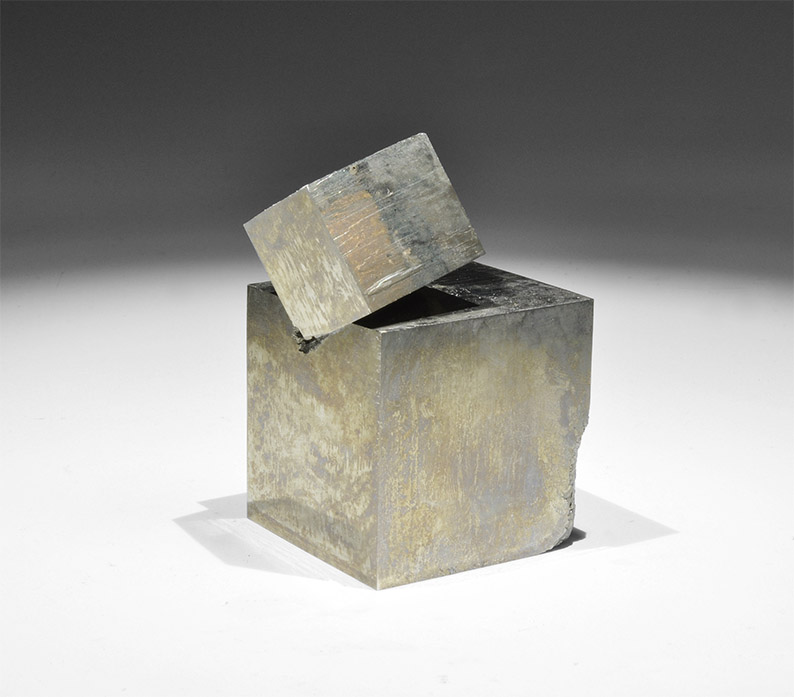



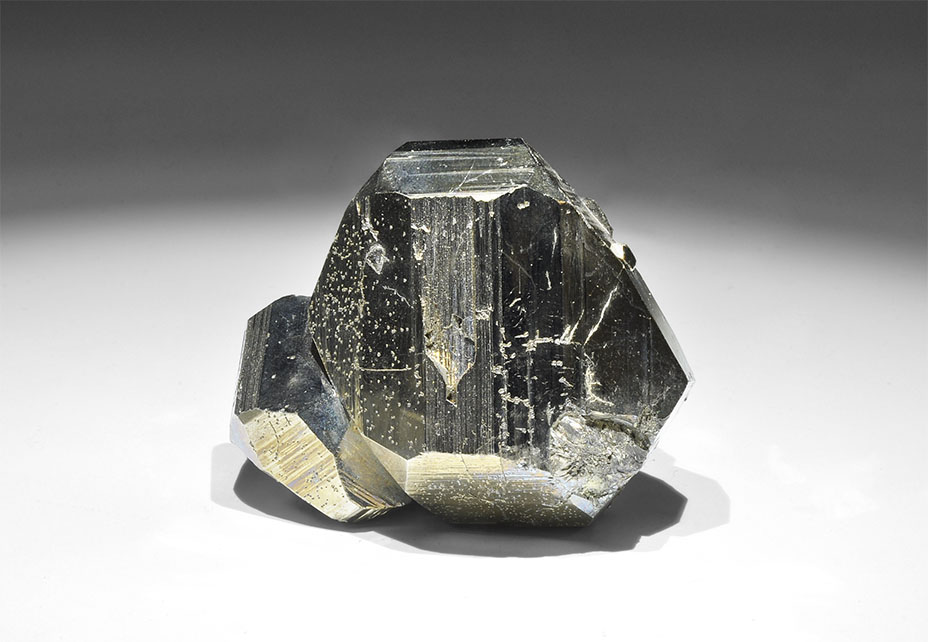
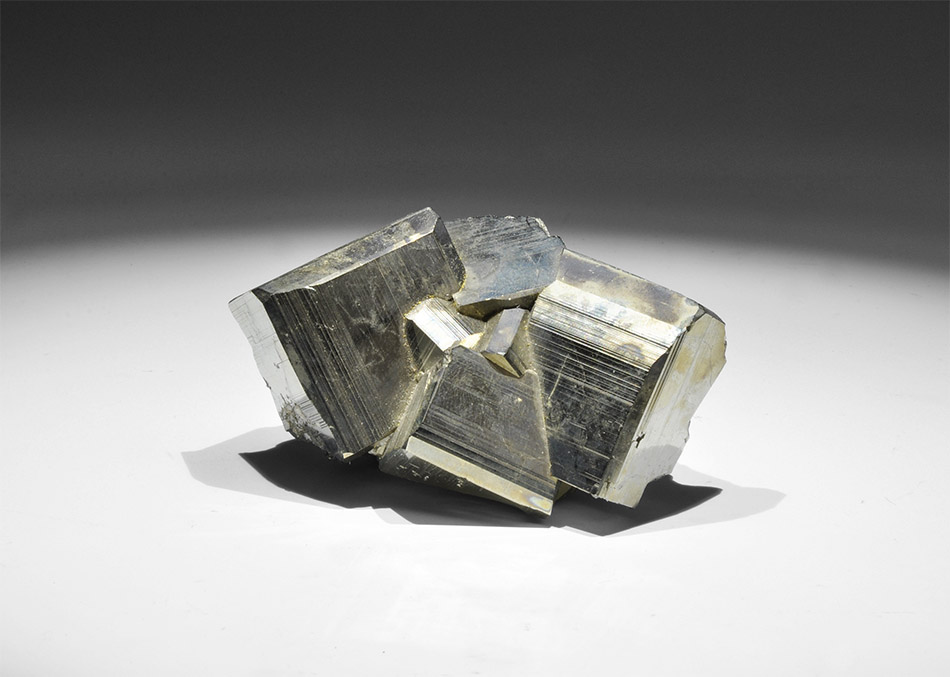

Testen Sie LotSearch und seine Premium-Features 7 Tage - ohne Kosten!
Lassen Sie sich automatisch über neue Objekte in kommenden Auktionen benachrichtigen.
Suchauftrag anlegen